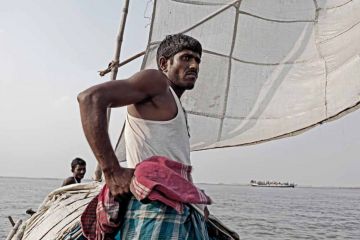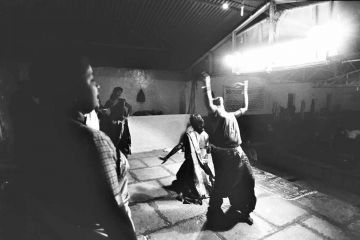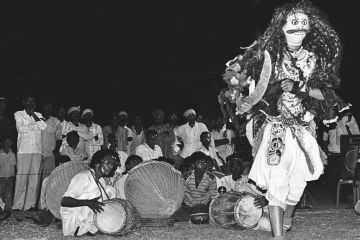Harit Srikhao is a
Thai photographer whose nightmare fantasies are drawn from real life
or the political history of coups and military rule in his country.
The coup d’etat of 2010 inspired Harit to look afresh into
Thailand’s history. “I started to collect in-depth information
about Thailand and its history, and I was surprised by the awful
truths concealed by many elegant ceremonies. “One piece of
information that shocked me was that the crackdown in 2010 caused
over 90 deaths. A





